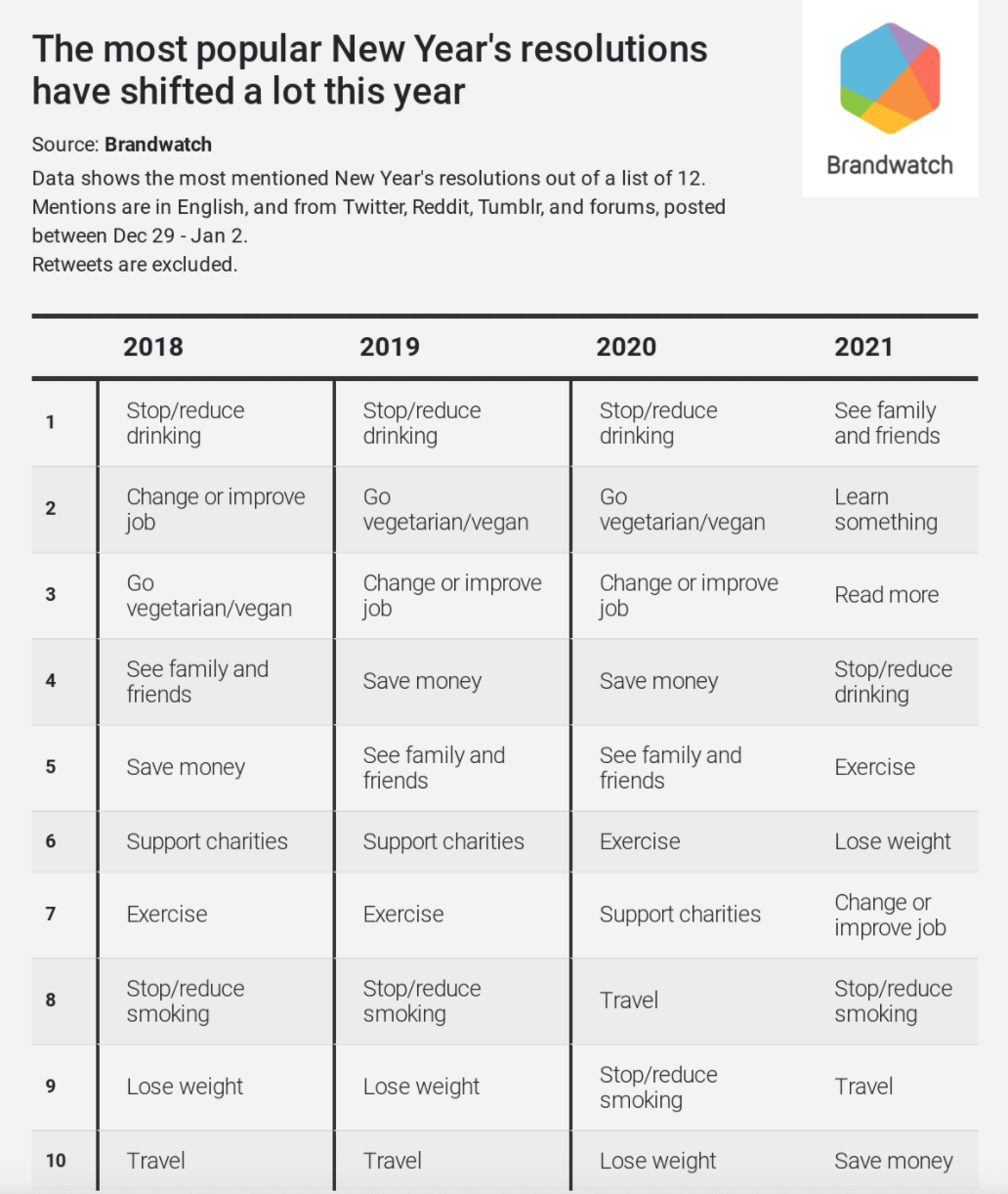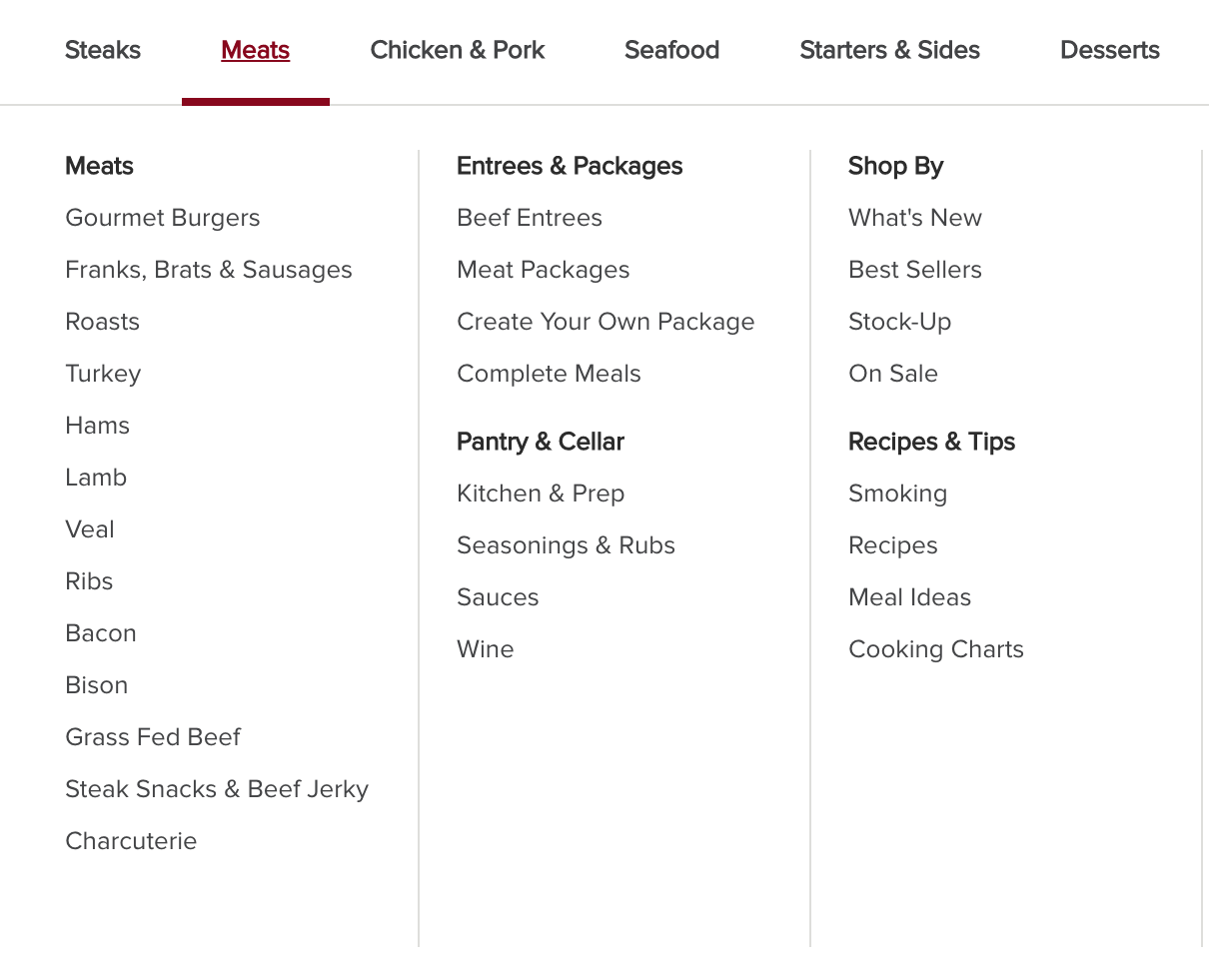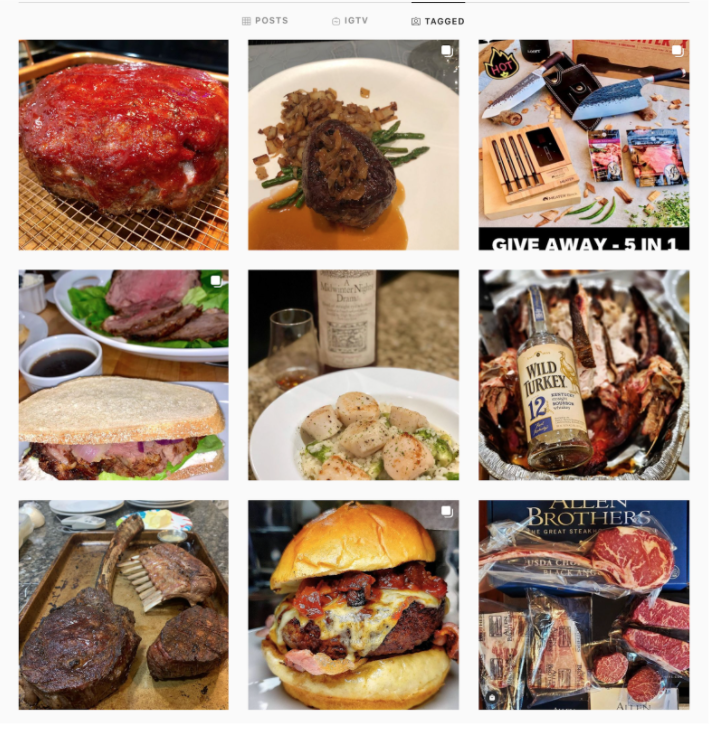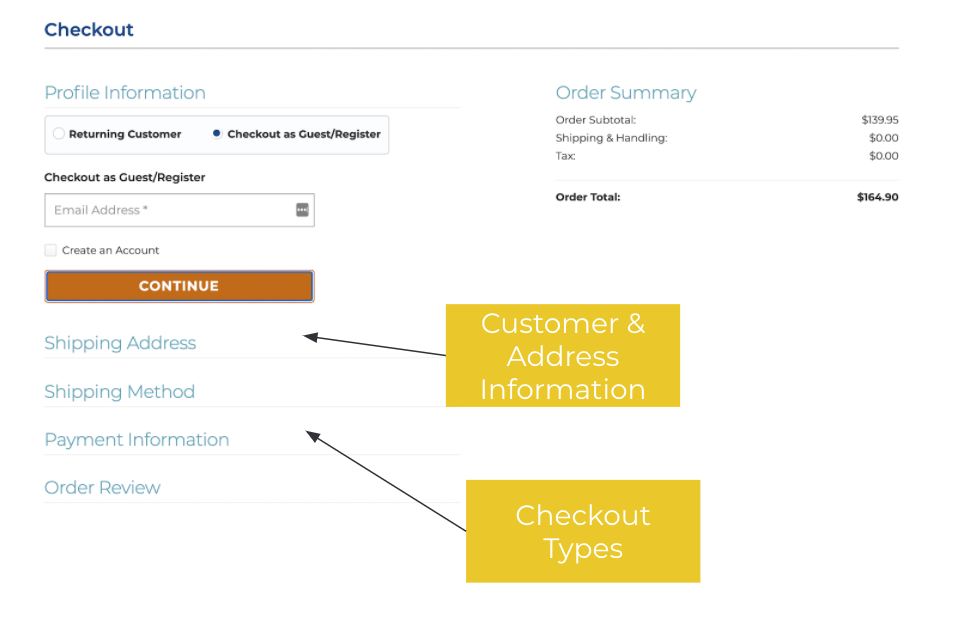Insight | Feb 15, 2021

Top 11 Tips for Leveling Up Your D2C
By Elana Lavine
Leveling up your brand takes more than swapping in new marketing materials, a logo refresh, and a few social media activations. Your website is your crowning glory, your calling card, your ground central, your hub, your meat and potatoes—it’s your most crucial marketing tool for 2021, which means it needs to be optimized to its fullest potential for you to get the most out of it. Not only do you want it to run smoothly, look good, and produce results, but you also want to get more traffic.
The first step toward getting that done is an honest exploration of your site that prompts real, tactical implementations. We’ve compiled a list of our favorite, most impactful tactics to help improve and optimize your site for better sales. For demonstration purposes, we will share examples from a food and beverage brand on Shopify Plus.
Up your D2C
1. Run your site through Google's Page Crawler


When you see the list of issues come up (like the example above), fix them.
2. Content Strategy
Refresh your content strategy by using keyword optimization, and target content for each persona defined on your site. For example, suppose you have a meat lover persona. Your relevant, targeted content opportunities could be related recipes and grilling technique videos, and your related, relevant, and researched keywords could be the four below. Come up with those keywords for each persona.

3. Educational Content
Using educational content to drive traffic has become increasingly popular, and for a good reason: It can help boost your site’s searchability. Thanks to the pandemic, consumer priorities have shifted in 2021. A recent insights report from Brandwatch revealed that consumers say “learning” is one of their top New Year’s resolutions—a resolution that has never made it on the top 10 list in prior years, much less hit number two.

The new shift paves the way for content that engages and teaches—from basic lessons for novices to more in-depth, advanced tutorials.

4. Guided Selling Assets
By helping navigate users to buying the products they want, there is an opportunity to create content to guide—help inform less educated users on their purchasing choices. For example, blog content helps them choose the right option that suits them and their needs.

5. Using Site Search Data
Here's another tip: Use your search data to fill content gaps. We discovered some less obvious keywords—brisket, duo, ribs, and wagyu are regularly searched, but hard to find.

Audit your navigation. Adding key terms like brisket within the navigation will improve the UX and provide additional content for optimization.

Audit your navigation. Adding key terms like brisket within the navigation will improve the UX and provide additional content for optimization.

6. User-Generated Content
User-generated content can sway and inspire, especially in the form of photos. With approval from the user, you can use them everywhere on your site from the home page to product pages to category pages. And, the increase in UGC is likely to increase conversion rates.
“79% of people say UGC highly impacts their purchasing decisions.”
Hubspot
By utilizing UGC, you also become engaged with your supporters, your fans, and your customer base. You can even learn from the consumers the pros, cons, and areas that may need improvement for your product. It’s a win-win situation. They feel acknowledged, and you get great content, customer feedback, and trust. You can start with those who are already highlighting your product on social, like in the example below.

From there, you can move into influencer-based options—creating a program for influencers you choose to assist in endorsing your product across social outlets. Another option can be in the form of reviews and questions you allow to live on your site.

7. SEO Audit
Technical SEO allows search engines to understand your site and serve the content to the right audience. Check for common URL mistakes, such as:
- URLs that contain no Google Tag Manager code
- URLs where the query string contains paginated parameters
- URLs that contain upper case characters
- URLs that have an internal link with no anchor text
- URLs that have a link with an empty href attribute
- URLs that have only one followed internal linking URL
- URLs where the meta description length is too short
- URLs where the title tag length is too long
- URLs where <h1> length is too short
- URLs with duplicate page titles
- URLs with duplicate h1s
- URLs with duplicate title and meta descriptions
- URLs where Canonical points to a different internal URL
- URLs that are internal redirected URLs
- URLs where External URLx redirect is broken (4XX or 5XX)
8. Enacting Product Page Optimization
Depending on your brand positioning, there are a variety of opportunities to tune your PDP:
- Do you need more product information including; sustainability information, sourcing details, etc?
- Are product item numbers relevant for your customers or not?
- Is ‘Hover to Zoom’ currently distracting from the image details?
- Do you have enough images per product?
Even if your pages are ranking well, check the pages to see if anything listed above is an issue. Could your pages use additional descriptions, more images, or UGC? It’s better to provide more robust details than to stick with bare-bones information. You want to keep it engaging.
9. Subscription Optimization
Check to make sure the options you offer aren’t challenging for users to follow. Can they easily see the difference between subscription options? Do you need to simplify? Move something to a better location? If your sign-ups are buried under navigation, your opt-in rates can be affected. Optimizing the page to better layout the differences and benefits can help increase subscriptions.
The best pages (like the example below) create a hierarchy of information, allow for a clear understanding of user options, and look clean and uniformed, not cluttered.

10. Navigation
The navigation should be audited to determine the ideal structure to eliminate duplicate content and include all helpful information. We see duplication happen all the time, which can confuse the user.
11. Checkout Process
In order to decrease cart abandonment and increase conversions, there are few optimizations you should consider:
- Checkout types
- Shopping cart and ‘added to cart’ behavior
- Account Selection and creation
- Customer and address information
- Gifting flow and features
- Shipping and store pickup
- Payment flow and methods
- Credit card form
- Order review
- Order confirmation
- Form and page design
- UI and distractions
- Cross-sells
- Validation errors
- Field labels and microcopy
For example;

For more information on how to improve your checkout funnel process, see our recent insight with five very actionable items.
Beyond what has been addressed in this insight, we have a few more tricks and tips up our sleeve. To learn more, reach out, and we will be happy to assist you.
Drop us a line
Have a project in mind?
Contacting Third and Grove may cause awesomeness. Side effects include a website too good to ignore. Proceed at your own risk.


